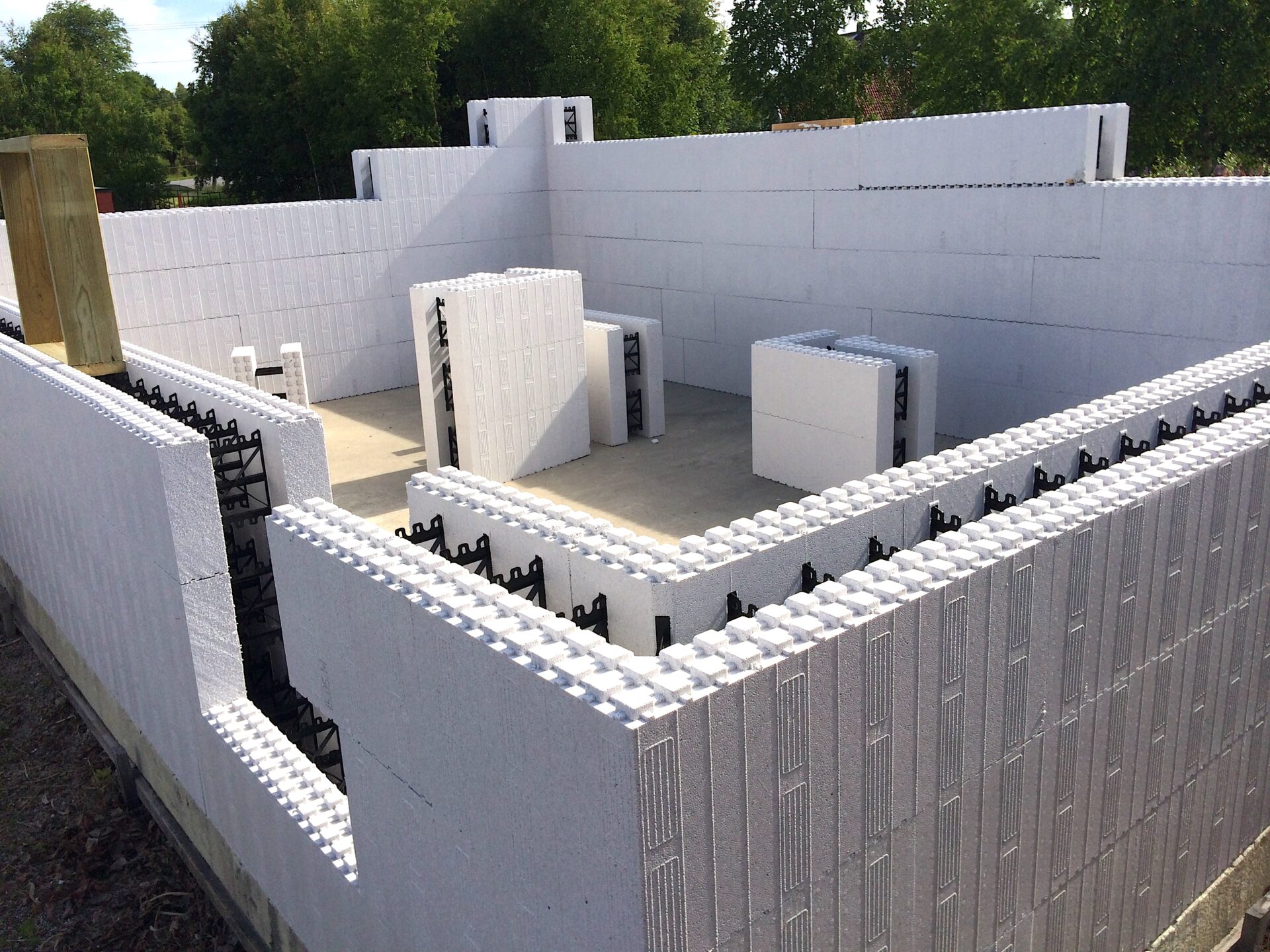If you have been involved in any type of new build or refurbishment project lately, you have probably heard about U-Values. But what’s it all about and why does it matter?
The U-value is a measure of thermal transmittance through the fabric of a building, basically how well insulated it is. The lower the U-value, the better the building is at retaining heat within it, so the less energy is required to heat it (or cool it).
This is one aspect of improving the environmental performance of a building. Historically in the UK more emphasis has been placed on the use of renewable energy technologies to improve the green credentials of a building, for instance micro generation with wind turbines, solar panels and ground source heat pumps.
While these all have a role in helping meet the current environmental targets of the construction industry, their impact is reduced if the building fabric itself has a high thermal transmittance. Indeed the biggest gains in reducing CO2 emissions from buildings and also saving cost with regard to a building’s energy requirement are to be found in improving the fabric of the building itself – enhancing insulation and reducing thermal transmittance.
JACKON therefore very much welcomes the fact that the Government’s new Future Homes Standard is adopting a ‘fabric first’ approach in its drive to secure cuts in emissions of up to 80%. This is set to be a key part of the construction industry’s framework going forward, underpinning the planned green recovery of the housebuilding market in particular.
Achieving the lowest possible U-value is also a key criteria for a building to gain Passivhaus certification, since it is a requirement to achieve a 75% reduction in space heating requirements, compared to a standard UK new build.
Thermal transmittance, the U-value, is the rate of transfer of heat through a structure divided by the difference in temperature across that structure. The unit of measurement is W/m²K. Workmanship and installation standards can strongly affect the thermal transmittance. If insulation is fitted poorly, with gaps and cold bridges, then the thermal transmittance can be considerably higher than desired. Thermal transmittance takes heat loss due to conduction, convection and radiation into account.
The U-value measurements can be calculated theoretically by considering the thermal transmittance of each layer of the building’s fabric, and there is a calculation method included in the relevant British Standard BS EN ISO 6946: 2017. This takes into account any mortar joints in the construction and also fixing components which have the potential to cause cold-bridging. Post-construction measurements using sensors are however the most robust way of assessing actual U-values, since they are able to take workmanship into account, as well as the actual materials themselves.
The current regulations aim for a target U-value of 0.18 for external walls as a starting point to achieve a well-insulated building envelope. Insulating Concrete Formwork (ICF) constructions have been achieving this target easily for years in their basic configuration, with no “add-ons”, while other types of constructions have had to push their limits in terms of cavities, ties and expensive insulating material in order to achieve the existing levels of thermal performance.
The Future Homes Standard is up for further consultation, ahead of final implementation in 2025, but it is clear it will be a requirement for housebuilders to build well-insulated homes, in which on-site renewable energy sources cannot be used to offset inadequate insulation at the construction phase. The Government is proposing target u-values of 0.15 for external walls and 0.11 for floors from 2025, and there will be an initial uplift in Standards, coming into effect in June next year, via an amendment to Part L of the Building Regulations which sets the standards for the energy performance and carbon emissions of new and existing buildings.
JACKON is ready for these changes and is in fact arguing for them to be even more rigorous, by setting far more demanding air tightness targets. The new targets are not a problem, since JACKON’s THERMOMUR 350 ICF in its standard EPS configuration achieves a U-Value of 0.17 W/m2K. By using upgraded THERMOMUR 350 Super EPS that figure drops to 0.15 W/m2K. The next step up is THERMOMUR 450 with a U-Value of 0.11 W/m2K, which puts the building on course to become a Zero Carbon build.

